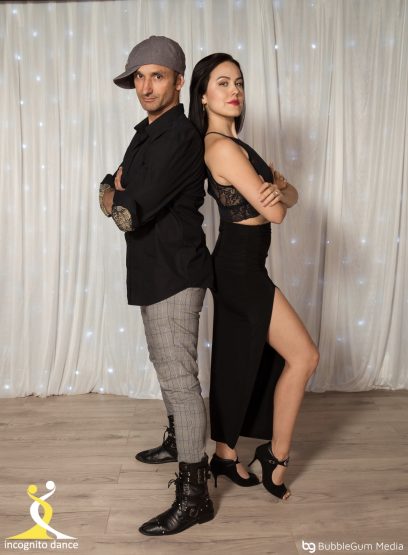Dance San Francisco Fundamentals Explained
Wiki Article
Dance San Francisco Can Be Fun For Everyone
Table of ContentsDance San Francisco Things To Know Before You Get This8 Easy Facts About Dance San Francisco ShownDance San Francisco Things To Know Before You Get This8 Simple Techniques For Dance San Francisco
Let's assume of Salsa dance and music as a large Tree that resembles this: Salsa is danced worldwide while numerous technical elements of the dance are the same throughout styles (6 steps over 8 beats danced on a quick-quick-slow or slow-quick-quick rhythm), there are several "trademark" functions of the main designs of Salsa that differentiate one from the various other.Couples taking part in a Gambling establishment Rueda dance all steps in unison as called by a Leader. Distinct attributes of Cuban design salsa are circular turn patterns (with "break back" steps on counts 1 and 5) as well as body motion inspired by traditional Afro-Cuban folkloric dances. Distinct functions of Cali design salsa fasts and intricate footwork, danced with a strong hand hold connection in between partners.
The origins of the style are a topic of dispute, however it is claimed that New york city design Salsa dance came from the 1960's because of the increase of Latin American emigrants after the Cuban Transformation (salsa dancing sf). Eddie Torres is the most well understood New York style professional dancer, being virtually generally credited with promoting the style to dance centres beyond New York
The standard rhythm of "On-2" is slow-quick-quick. The "youngest" of the designs of Salsa, L.A (https://www.intensedebate.com/profiles/dancesff0aaee7575). Style (some people have actually called it "West Coastline" design) came to be preferred in the 1990's and has its beginnings in ballroom (Mambo, Swing and Cha, Cha, Cha). Transform patterns lead and follow strategies are heavily influenced by these designs, with the Cross Body Lead being the cornerstone of the style
The Dance San Francisco PDFs
Design are implementation of turn patterns and numbers in the "port", with the break actions on counts "1" and "5". While Salsa music has solid origins in Cuban, Colombian and Puerto-Rican folkoric practices, it can not be discounted that all Afro-Latin and Latin American cultures have added to contemporary Salsa songs as we understand it today.


What Does Dance San Francisco Mean?
differentiating attributes of Salsa music are: 4/4 time trademark, Child Clave and Tumbao rhythms, Montuno Piano Unless you have a background in songs, the above 3 qualities possibly indicate nothing to you. A much easier method to define Salsa songs is just how it does NOT seem like other sorts of Latin American music.
It's time for lessons. With a lot of workshops available and different styles to select from, where does a full rookie start? The majority of new dancers pick to learn L.A. "On-1" design slotted Salsa styles are the most prevalent in North America (with some exemptions of some city centres that still predominantly embrace Cuban and Puerto Rican styles) and L.A.
.A. Style will promptly show you the principles of Salsa timing, weight transfer and turn pattern execution. Lots of professional dancers, once they've had a year or 2 of dancing L.A. Design Salsa under their belts, "button" to New york city style in order to expand their dance vocabulary; but lots of dancers make a decision to stay with just one design of Salsa and enjoy their time on the dance floor in that specific style. salsa dancing sf.
Style and New York Style all being danced in the same club, with a number of the professional dancers having the ability to switch over from one style to the various other from one tune to the following. salsa dancing sf. Regardless of which design you pick it is necessary to adhere to that design till you're extremely comfortable with the basics of timing, body rhythm and structure step execution prior to thinking about "changing" designs (if you intend to)
When you get started on lessons prepare to commit energy and time to learning just how to dance in basic it takes a full beginner (i. e., someone with little or no dance experience) about 6 months of proactively taking lessons and going out and exercising a minimum of two times a week to reach a point where pattern implementation begins to feel "natural".
Report this wiki page